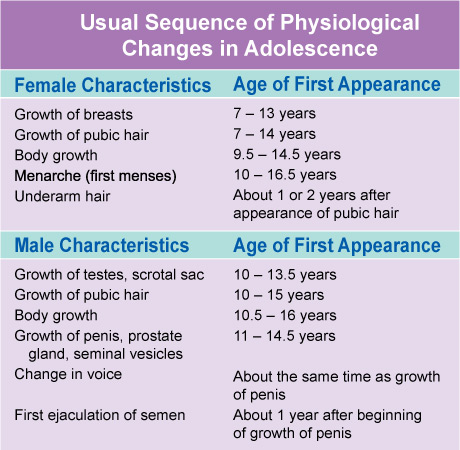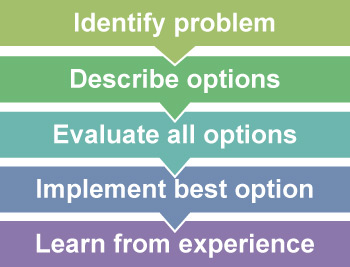To understand mental health in teens, parents should first understand the key aspects of child development and how it correlates with- or influences mental health. Find out what you can do to promote optimal mental health in your child in each area of development.
Physical Development
Puberty, which involves rapid skeletal growth, usually begins at about ages 10 to 12 in girls and 12 to 14 in boys. It is important for adults to be especially alert for signs of early and late physically maturing adolescents. Keep in mind that this is a period in which physical outward appearance (i.e. height, thinness, muscles, hair style, etc.) means the world to your child – they want to “fit in” or be “part of the group”.

Parent’s role:
- Help them build a healthy body image which is holistic and doesn’t focus too much on outward appearance alone.
- Spend the time to listen, be empathetic.
- Provide reassurance rather than criticism or judgement.
- Give them proper and balanced nourishment and encourage regular physical activity.
Cognitive Development
Teenagers, at this point, are able to:
- analyze situations logically in terms of cause and effect.
- entertain hypothetical situations.
- use symbols, such as in metaphors or idioms.
- develop sense of values, morality and ethical behaviour.
This higher-level thinking allows them to think about the future, evaluate options, and set personal goals. Some normal behaviour you’ll see accompanying teens’ newly-enhanced cognitive functions:
- Tendency to argue points or ideas.
- Easy to jump to conclusions or make pre-emptive assumptions.
- Self-centred, “I’m (always) right you’re (always) wrong”, mentality.
- Finding fault and challenging adult’s authority.
- Being over-dramatic, exaggeration of opinion or behaviour.
Parent’s role:
- Give teens the opportunity to learn in ways that emphasize different types of abilities (i.e. logical, verbal, visual, interpersonal, etc.) to increase their chances of success.
- Use reasoning and persuasion, explain rules, discuss issues, and listen respectfully when dealing with them.
- Foster a sense of purpose and meaning, encourage social participation – volunteerism is a good way to attain positive long-term outcomes.
- Passing positive comments or constructive criticism or just a simple gesture of affection or appreciation can have significant emotional and psychological effects too.
Ideal problem solving skill to teach teens

Emotional Development
Emotional development during adolescence involves establishing a realistic and coherent sense of identity in the context of relating to others and learning to cope with stress and manage emotions. Emotional intelligence on the other hand, involves self-awareness, but above all, relationship skills – the ability to get along well with other people and to make friends.
Teens with emotional development issues typically have low self-esteem and show signs of:
- Depression.
- Lack of energy.
- Disliking own appearance and rejecting compliments.
- Insecurity or inadequacy.
- Having unrealistic self-expectations.
- Overly anxious about the future.
- Being excessively shy and rarely expressing their own opinion.
- Socially caving-in and passively submissive in most situations.
Parent’s role:
- Again, discuss issues to help develop their new abstract reasoning skills and moral reasoning abilities.
- Respect what they have to say; it will provide you with perspective. Don’t be patronizing.
- Reiterate your unconditional love regardless of what the issue may be. Often in times of emotional distress, teens feel alone and without support.
- Help them understand empathy towards others, recognize and manage their emotions accordingly, resolve conflicts constructively and develop a cooperative spirit. Use your own experiences as examples, if possible.
Social Development
Social development in teens mainly revolves around their peers but may include (in lesser terms) family, school, work, and the community. Everyday interactions whether it be face-to-face or electronically between your child and another person helps add to their social experiences. They learn how to act and react to a specific person or group of people by incorporating these experiences accordingly.
Peers are powerful reinforcers during adolescence as sources of popularity, status, prestige, and acceptance. And being accepted has important implications for adjustment both during adolescence and into adulthood.
Parent’s role:
- Provide firm guidelines and limits, have appropriate developmental expectations, and encourage the adolescent to develop his or her own beliefs.
- Keep an eye on who they befriend or which social groups they subscribe to. Online interactions need particular attention, don’t hover though. Instead, teach them how to handle these issues (i.e. online sexual harassment, online bullying, etc.) should they occur.
- Encourage development of social skills sets through involvement with the community, afterhour school programmes, involvement in faithbased activities, etc.
- Don’t be alarmed. Minor conflict or bickering is normal and a necessary part of gaining independence from parents while learning new ways of staying connected to them.
Behaviourial Development
Risk taking is an integral part of behavioural development. In adolescence it is an important and normal exploratory behaviour which helps them:
- shape their identities.
- try out their new decision-making skills.
- develop practical assessments of themselves and other people.
Teens need space to experiment and to experience the outcome of their own decisions in different types of situations. Some typical risk taking behaviour in adolescence:
- Smoking cigarette
- Truancy
- Sexual experimentation
- Alcohol consumption
- Illegal substance use
- Dangerous driving
However, risk taking does not have to be overly dramatic. Simply stepping outside one’s normal comfort zone can already constitute taking a risk and can satisfy many adolescents’ needs (i.e. join a school play, take up an unfamiliar sport, go mountain climbing, etc.) for risk taking if they are encouraged to do so.
Parent’s role:
- Provide guidance in decision making and encourage the adolescent to channel the positive developmental aspects of this energy into less dangerous and more constructive “risky” pursuits.
- Don’t be too overprotective, give them the freedom and opportunity they need to explore and discover new things.
- Parents should be able to discuss certain sensitive issues with their teens in matters such as sex, drugs and alcohol, and other safety concerns.
Note that all elements of child development share a concurrent relationship and influences one another. Therefore, a lapse or an imbalance in nurturing any of the elements (or focusing on just one) could result in decreased mental “resiliency”, thus, rendering teens more prone to be negatively influenced by mental stressors.






Comments